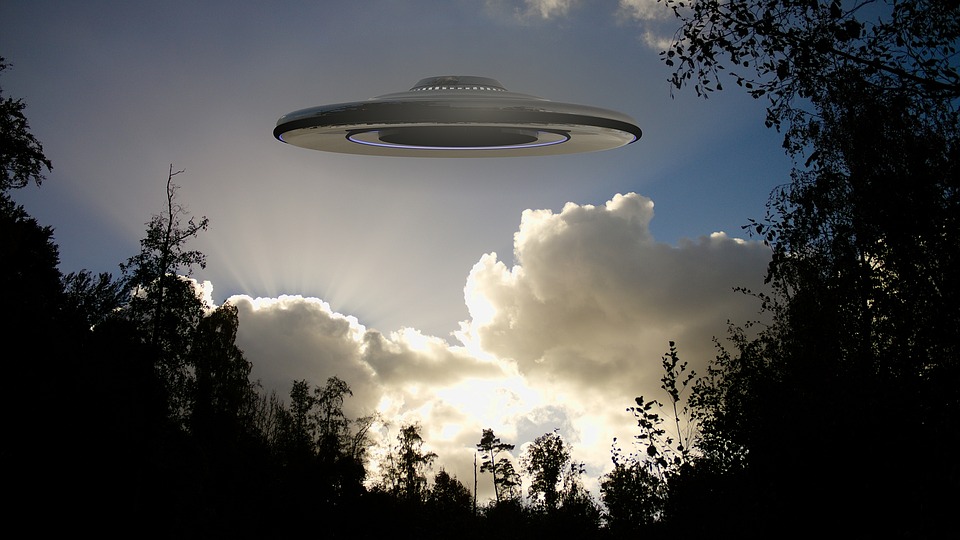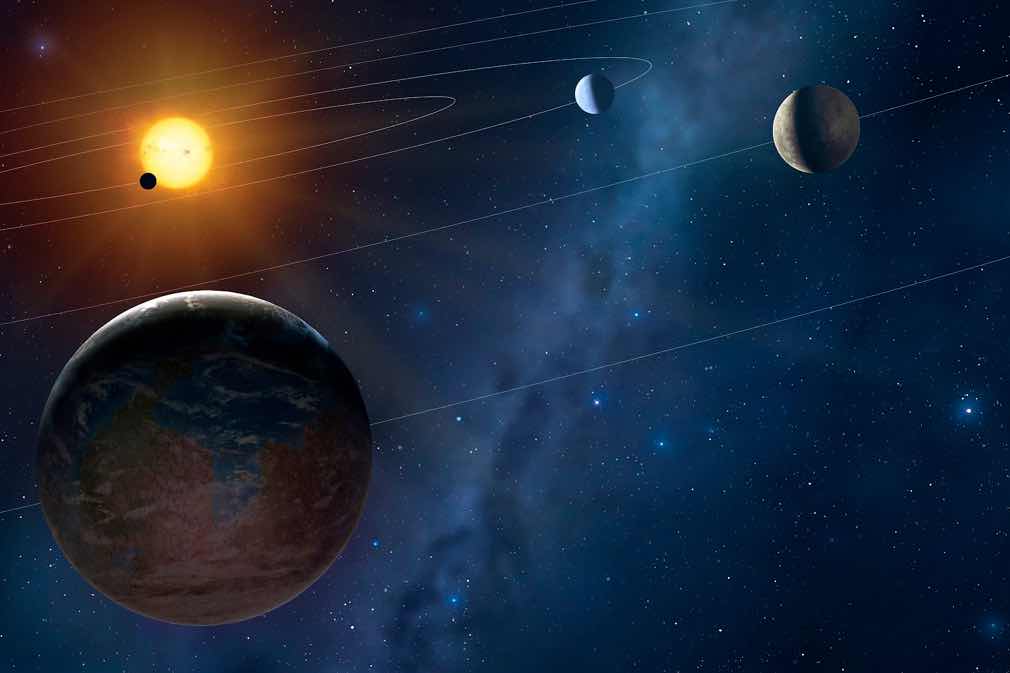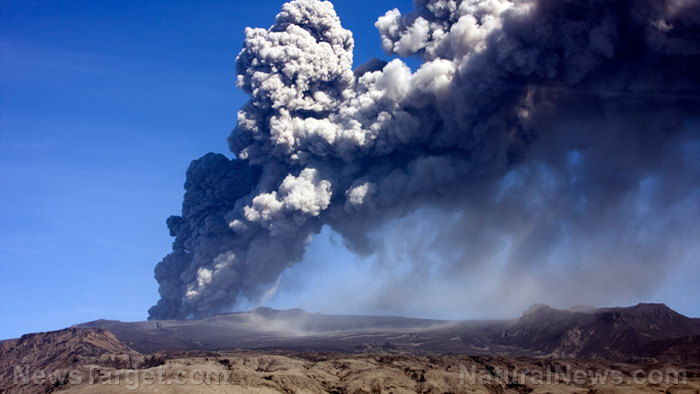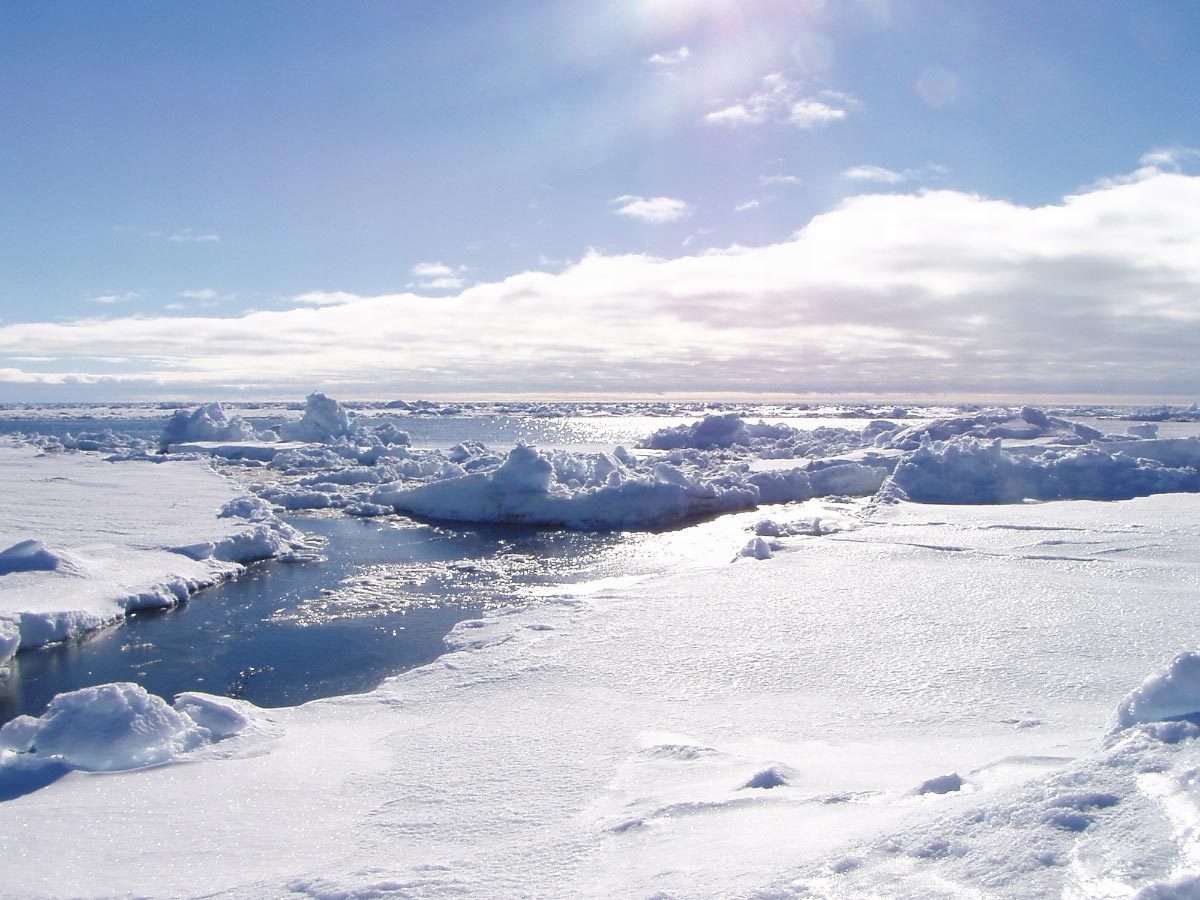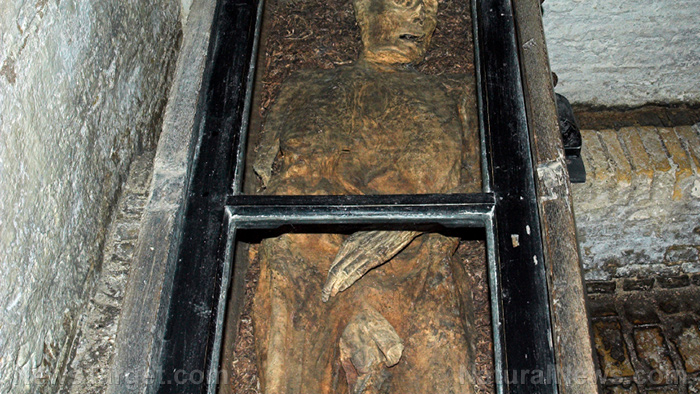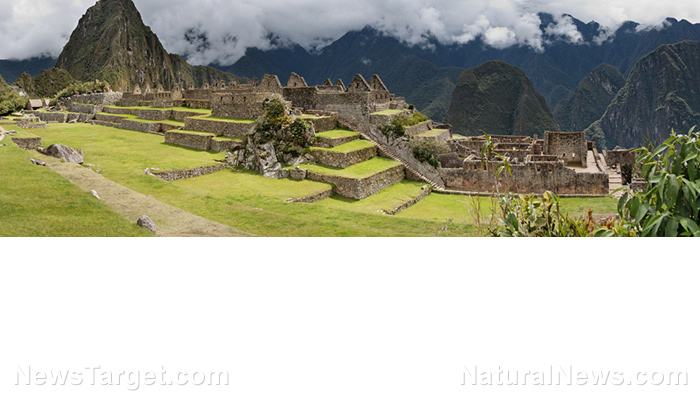Unlocking the “Rosetta Stone” of alien worlds: James Webb Space Telescope reveals secrets of rocky exoplanet TOI-270 d
04/17/2025 / By Willow Tohi
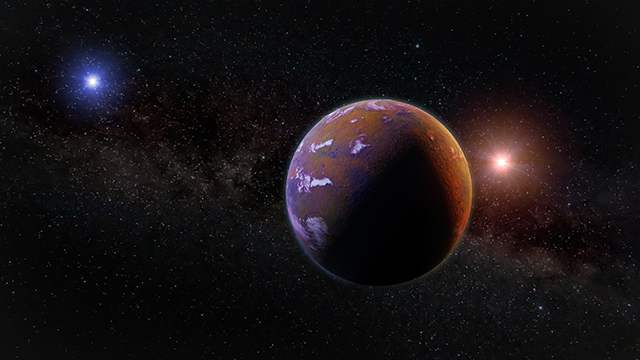
- NASA’s James Webb Space Telescope revealed TOI-270 d, a rocky super-Earth 73 light-years away, with a thick, scorching atmosphere (~1,000°F), challenging previous assumptions about its habitability.
- Dubbed a “Rosetta Stone” for sub-Neptune exoplanets (common in the galaxy but absent in our solar system), it offers clues to planetary diversity and formation. Initial “Hycean world” hypotheses were disproven.
- JWST detected CO?, methane and water vapor, suggesting a magma ocean dissolving ammonia. The nitrogen-poor atmosphere aligns with chondritic meteorites, reshaping understanding of planetary chemistry.
- The study advances exoplanet geochemistry, enabling analysis of atmospheric dynamics and planetary origins with tools once reserved for solar system studies.
- TOI-270 d exemplifies the universe’s diversity, prompting reevaluation of planetary possibilities. Upcoming missions like ESA’s PLATO will further investigate such enigmatic worlds.
NASA’s James Webb Space Telescope (JWST) has revealed surprising insights into the atmosphere of TOI-270 d, a distant exoplanet potentially holding the key to understanding an entire class of alien worlds. On April 15, a study led by Dr. Christopher Glein of the Southwest Research Institute (SwRI) confirmed that the planet, located 73 light-years from Earth, is a rocky super-Earth enveloped in a thick, scorching atmosphere — redefining expectations about its potential habitability and planetary formation pathways. While not an ocean-rich “Hycean” world as initially proposed, the findings highlight its scientific value as a “Rosetta Stone” for uncovering the diversity of sub-Neptune exoplanets.
Why this planet matters: A Rosetta Stone for exoplanets
Sub-Neptune exoplanets, which orbit between Earth’s rocky profile and Neptune’s gaseous bulk, are the most common in the galaxy but absent from our solar system. Their exotic nature has propelled them to the forefront of planetary science, with many considered candidates for habitability. “They are exotic. Temperate sub-Neptunes are of even higher interest because some could be habitable,” noted Glein, whose paper will appear in the Astrophysical Journal.
Previously, researchers hypothesized that such planets in habitable zones might host massive liquid-water oceans beneath hydrogen-rich atmospheres, dubbed “Hycean” worlds. K2-18 b, a distant candidate, embodied this vision. But TOI-270 d, first discovered by NASA’s Transiting Exoplanet Survey Satellite (TESS), has thrown these assumptions into question.
Decoding TOI-270 d’s atmosphere with JWST: A rocky core shrouded in heat
JWST’s unprecedented precision exposed a planet far different from expectations. Temperatures exceeding 1,000°F (hotter than Venus) and gases like carbon dioxide, methane and water vapor suggested a thick atmosphere heated by a molten surface. Glein’s team modeled the chemistry and found that TOI-270 d likely hosts a “magma ocean” dissolving ammonia, a molecule expected in hydrogen-rich atmospheres. Instead of Hycean conditions, the planet appears as a rocky super-Earth blanketed in a dense, inert atmosphere.
“The search for habitable worlds continues,” Glein said, referencing JWST’s revolutionary data. “We’re learning much more about the crazy configurations of planets that nature comes up with.”
Ammonia’s absence puzzled scientists. The new model explains this via high-temperature processes: molten rock oceans absorb ammonia, while nitrogen gas forms in the scorching conditions. Additionally, the planet’s nitrogen-poor composition aligns with the low nitrogen content of chondritic meteorites — primitive space rocks thought to seed planetary building blocks.
What this means: A new era in exoplanetary science
The study underscores how geochemical tools refined in our solar system can now dissect exoplanetary atmospheres. “Exoplanetary geochemistry now approaches sophistication comparable to terrestrial studies,” Glein said. Insights into atmospheric dynamics, magma oceans and planetary origins are now within reach, transforming how scientists interpret alien worlds.
While TOI-270 d’s harsh environment dashes hopes for habitability, it offers a window into planetary evolution pathways outside our familiar cosmic neighborhood. Glein emphasized parallels with biological diversity: “A core set of building blocks result in an explosion of diverse forms — a mantra now also applies to planets,” he said.
With over 5,800 confirmed exoplanets, TOI-270 d is just one puzzle piece, but its “Rosetta Stone” potential invites deeper exploration. As Glein reflected, “We have barely scratched the surface of the diversity our universe holds.”
A new era in exoplanetary exploration
The study marks a turning point in exoplanetary’s “golden age,” as telescopes like JWST unravel worlds once hidden. “TOI-270 d is teaching us to rethink what planets can be,” said Glein. Future missions, such as ESA’s PLATO spacecraft, will further classify sub-Neptunes, potentially exposing more Rosetta Stones.
For now, TOI-270 d stands as both a challenge and an inspiration — a reminder that planetary science, like nature itself, remains endlessly surprising.
Sources include:
Submit a correction >>
Tagged Under:
breakthrough, cosmos, discoveries, exoplanet, future science, futuretech, Hycean, inventions, James Webb Space Telescope, NASA, planetary science, research, Rosetta Stone, Space, super-Earth, TOI-270 d
This article may contain statements that reflect the opinion of the author
RECENT NEWS & ARTICLES
COPYRIGHT © 2017 DISCOVERIES NEWS




